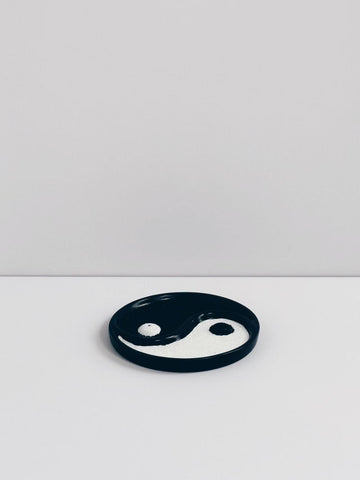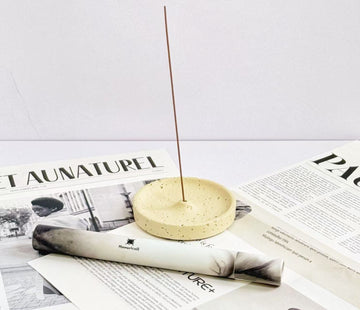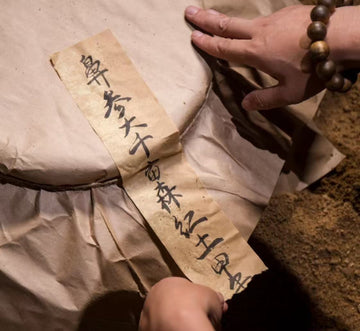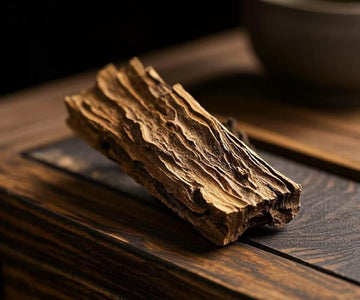Incense has been an essential part of spiritual rituals, meditation, and relaxation for centuries. Many incense users, especially those new to the practice, often wonder: Can I cut incense in half? The short answer is yes, but before you do, it’s worth understanding the implications—both practical and cultural—of breaking incense sticks.
Why Are Incense Sticks Made in a Certain Length?
Incense is not just randomly shaped; its length and size are carefully considered during production. Manufacturers design incense sticks to burn for a specific amount of time, ensuring an even fragrance release. If an incense stick is cut in half, it disrupts this intended burn time and may cause uneven burning, which can alter the scent experience.
In traditional craftsmanship, incense makers carefully select ingredients and bind them in precise proportions, ensuring that the scent profile remains balanced throughout the burn. Cutting the incense can disturb this equilibrium, potentially resulting in an inconsistent fragrance.
The Cultural Significance of “Broken Incense”
While cutting incense might seem like a practical way to shorten burn time, it carries deeper meanings in some cultures. In Chinese traditions, broken incense—often called duan tou xiang (断头香, meaning "broken-head incense")—is considered inauspicious.
What Is Duan Tou Xiang (断头香)?
In Chinese culture, “断头香” (broken-head incense) refers to an incense stick that is incomplete, whether it's missing a small portion or half of its length. Traditionally, such incense is considered unlucky and is avoided during rituals, particularly when praying to deities or ancestors.
Older generations strongly believe that burning broken incense is an interruption of fortune and blessings. The act of breaking an incense stick is symbolically linked to breaking a timeline, severing luck, or even cutting off a connection between the spiritual and physical worlds.
Historical References to Broken Incense
The idea of 断头香 is not a modern superstition—it has historical roots dating back to ancient Chinese literature. The Yuan Dynasty classic The Story of the Western Wing (西厢记) contains a famous line:
若今生难得有情人,是前世烧了断头香。
This translates to: “If one struggles to find love in this lifetime, it is because they burned broken incense in a past life.” The belief suggests that burning broken incense could lead to misfortune in relationships, symbolizing severed fates and disrupted destinies.
Similarly, in The Palace of Eternal Life (长生殿), the tragic story of Emperor Xuanzong and Yang Guifei references a scene where the emperor holds a broken incense stick, mourning their lost love. This literary symbolism reinforces the notion that broken incense is linked to separation and misfortune.
The Practical Issues with Cutting Incense
Aside from cultural beliefs, cutting incense sticks can introduce practical issues:
-
Uneven Burning: Breaking an incense stick may lead to an uneven burn, where one side burns faster than the other.
-
Loss of Fragrance Quality: Incense is designed to burn at a steady pace. Cutting it may cause an inconsistent release of scent.
-
Ash Stability: A shorter, unevenly broken stick might produce excess ash fall, making cleanup more challenging.
Best Practices for Using Incense
If you want to control the burn time without cutting the incense, consider these alternatives:
-
Use a Snuffer: Instead of cutting, you can simply extinguish the incense mid-burn and relight it later.
-
Choose Shorter Incense Sticks: Many brands offer shorter incense options.
-
Try Incense Cones: If you want a quick aromatic experience, incense cones burn faster than sticks.
To Cut or Not to Cut?
While physically possible, cutting incense is generally not recommended due to cultural and practical concerns. Whether you follow traditional beliefs or simply want the best aromatic experience, understanding incense’s history and proper usage can enhance your spiritual practice.
If you’re looking for high-quality, naturally made incense, check out our collection of handcrafted incense sticks here.








